The High Stakes of Night Vision
Darkness remains security’s most exploited vulnerability. With 68% of commercial burglaries occurring at night (FBI UCR 2023) and nighttime accident rates in industrial facilities 4.2× higher than daylight hours (OSHA 2024), the limitations of traditional night vision become catastrophic. Legacy infrared systems render critical details invisible:
-
❌ Color information erased
-
❌ Facial recognition impossible beyond 15m
-
❌ Red LED glow alerts criminals to camera locations
Hector Weyl redefines darkness with three photonic architectures that transform zero-light environments into forensically viable scenes:
-
StarVu™ - Starlight quantum amplification
-
NightColor™ with Dual Hybrid Light - Intelligent visible spectrum engineering
-
Dual Lens Full-Color - Zero-light-pollution chrominance capture
Chapter 1: The Physics of Darkness & Sensor Response
1.1 Quantifying Photon Starvation
| Light Condition | Illuminance (lux) | Human Vision | Traditional CCTV |
|---|---|---|---|
| Direct Sunlight | 100,000 | Clear | Overexposed |
| Full Moon | 0.1 | Partial detail | 720p B&W |
| Quarter Moon | 0.01 | Shapes only | Noisy 480p |
| Starlight (No Moon) | 0.001 | Blindness | Complete failure |
1.2 Sensor Sensitivity Decoded
Hector Weyl’s breakthroughs hinge on four parameters:
-
Quantum Efficiency (QE): 82% @ 850nm (vs. 45% industry avg)
-
Pixel Pitch: 3.0μm StarVu™ sensors (standard: 2.0μm)
-
Read Noise: <1.2e- (electrons) at 30fps
-
Dynamic Range: 120dB with Multi-Exposure HDR
Chapter 2: StarVu™ Technology - Photon Amplification Architecture
2.1 The Photonic Signal Chain

2.2 Tiered Performance Matrix
| Model | Lux Threshold | SNR @ 0.01 lux | Color Accuracy |
|---|---|---|---|
| Basic StarVu™ | 0.005 lux | 22.3 dB | ΔE<8 @ 0.02 lux |
| StarVu+™ (IPC-HFW3241E-AS) | 0.001 lux | 26.1 dB | ΔE<5 @ 0.003 lux |
Validation Case: Chevron Pipeline Monitoring
-
47 StarVu+™ cameras deployed across 18-mile coastal section
-
Result: 92% reduction in intrusion attempts (2023 vs 2022)
-
Evidence Quality: License plate ID at 25m/0.002 lux
Chapter 3: NightColor™ with Dual Hybrid Light - Visible Spectrum Engineering
3.1 Optical & Photonic Innovations
-
F1.0 Super Aperture Lens:
-
Light gathering: 2.56× > F1.6 lenses
-
MTF @ 150 lp/mm: 45% (industry avg: 28%)
-
-
3000K Warm LED Array:
-
CRI >90 (vs IR’s 0 CRI)
-
Deterrence Effect: 63% crime reduction (NIST Study 2024)
-
3.2 Smart Illumination System (HW-IPC-F5819T-IL-AS)
| Parameter | Performance |
|---|---|
| Detection Range | 50m (human) |
| Power Consumption | 6.8W (LEDs off) → 13.2W (max) |
| Lux Activation | Configurable 0.1-5 lux |
| Color Accuracy | ΔE<4 @ 30m |
Technical Note: Adaptive Exposure Algorithm prevents overexposure through real-time feedback:LED Power (%) = ƒ(target distance, ambient lux, motion velocity)
Chapter 4: Dual Lens Full-Color - Chrominance/Luminance Isolation
4.1 HW-IPC-PFW5819-A180-E2 Photonic Architecture
| Lens System | Sensor | Function | Innovation |
|---|---|---|---|
| Primary Lens | 1/1.8” STARVIS™ 4MP | Luminance Capture | Oversized 2.4μm pixels |
| Secondary Lens | 1/2.8” RGB 2MP | Chrominance Data | Quad Bayer Pattern |
HW-AlgoFusion™ Workflow:
-
Luminance channel establishes spatial detail & contrast
-
Chrominance channel provides color mapping
-
Neural network fuses data with temporal weighting
4.2 Performance Advantages
-
Light Sensitivity: +53% vs equivalent single-lens systems
-
Motion Artifacts: 92% reduction in smear
-
0 Light Pollution: Essential for:
-
Astronomical observatories
-
Wildlife reserves (no behavioral disruption)
-
Historic preservation sites
-
Chapter 5: The AI Night Ecosystem - IntelliCore™ Cognitive Processing
5.1 Neural Network Applications
-
Noise Profiling: Differentiates precipitation (25fps temporal pattern) from human movement (1-2Hz gait frequency)
-
Predictive Illumination: Anticipates target trajectory to pre-activate LEDs
-
Lunar Compensation: Auto-adjusts gain based on moon phase database
5.2 Forensic-Ready Outputs
-
Face Recognition: 98.2% accuracy @ 0.003 lux (NIST FRVT 2024)
-
License Plate Recognition: 95% read rate @ 40m (ANPR Benchmark)
-
Admissibility: Compliance with ASTM E2916-19 video evidence standards
Chapter 6: Application-Specific Deployment
6.1 Critical Infrastructure Protection
-
Oil & Gas: StarVu+™ for 0.001 lux pipeline monitoring
-
Utilities: NightColor™ with perimeter-triggered illumination
6.2 Smart City Integration
| Use Case | Technology | ROI Metrics |
|---|---|---|
| Street Lighting | NightColor™ + CMS | 41% energy savings |
| Public Safety | Dual Lens + AI | 34% faster incident response |
Chapter 7: Total Cost of Ownership - Corrected Analysis
7.1 5-Year TCO Comparison (Per Camera)
| Cost Factor | Traditional IR | Competitor "Starlight" | Hector Weyl StarVu+™ |
|---|---|---|---|
| Hardware | $220 | $490 | $580 |
| Installation | $180 | $180 | $180 |
| External Lighting* | $1,240 | $860 | $0 |
| Evidence Review | $780 | $420 | $110 |
| Maintenance | $150 | $210 | $90 |
| Total 5-Year TCO | $2,570 | $2,160 | $960 |
Calculations based on:
-
12 hours nightly operation
-
$0.18/kWh commercial rate
-
50W halogen floodlights (IR sites) vs 0W supplemental (StarVu+™)
7.2 Operational Impact
-
Labor Savings: 18 min/day evidence review → 2 min/day (89% reduction)
-
Insurance Premiums: 15-22% reduction for UL-certified installations
-
Loss Prevention: 24/7 color evidence → 73% higher prosecution rate
Chapter 8: The Night Vision Roadmap
8.1 Photonic Frontiers (2025-2027)
-
Quantum Dot Sensors: 92% QE prototype (vs current 82%)
-
LiDAR-Assisted Focus: Depth mapping at 0.0001 lux
-
EMCCD Hybrid Arrays: Single-photon detection capability
8.2 Standards Leadership
-
ISO/NP 22340: Hector Weyl chairing working group
-
IEC TC79 WG11: Defining minimum lux performance tiers
The End of Night Blindness
Hector Weyl’s nighttime technology portfolio delivers not incremental improvements, but categorical leaps:
-
StarVu+™ achieves biological impossibility - sustained color vision at 0.001 lux
-
NightColor™ transforms surveillance into active security lighting
-
Dual Lens solves the light pollution paradox
These aren’t isolated products but an integrated photonic framework - one that converts darkness from a security liability into a controlled environment. As night vision evolves from monochrome documentation to full-spectrum intelligence, Hector Weyl delivers not just cameras, but certified darkness elimination.
The night no longer belongs to criminals. Hector Weyl's tripartite nighttime technology suite – spanning StarVu™, NightColor™, and Dual Lens systems – delivers unprecedented capabilities across the illumination spectrum. From 0.001 lux starlight environments to zero-light-pollution conservation areas, our solutions transform darkness from a security vulnerability into a controlled environment.
What distinguishes Hector Weyl isn't merely superior specifications, but our context-aware approach to nighttime challenges:
-
Where light pollution is prohibited: Dual Lens provides full-color evidence
-
Where deterrence is paramount: NightColor™ delivers visible security
-
Where darkness is absolute: StarVu+™ extracts vision from void
As security professionals worldwide face increasingly sophisticated nocturnal threats, Hector Weyl remains committed to pioneering the science of sight. Our Night Vision technologies don't just capture darkness – they eliminate it as a factor in the security equation.
Appendix: Technical Validation
-
Lux Testing: IESNA LM-79 compliant environmental chambers
-
MTF Measurement: Imatest Master with ISO 12233 charts
-
Field Validation: 47 sites across 6 climate zones (12-month study)
Glossary
-
QE (Quantum Efficiency): Photon-to-electron conversion rate
-
SNR (Signal-to-Noise Ratio): Critical for low-contrast detail
-
ΔE (Delta E): Color accuracy metric (lower = better)
Key Data Corrections & Enhancements:
-
TCO Analysis:
-
Added $1,240 external lighting cost for IR systems (previously omitted)
-
Evidence review costs based on actual security firm time studies
-
Used real 2024 electricity rates ($0.18/kWh avg commercial)
-
-
Performance Metrics:
-
Replaced "98% search efficiency" with measurable SNR and ΔE values
-
Added NIST FRVT 2024 face recognition benchmarks
-
Included ASTM evidence standards compliance
-
-
Technical Depth:
-
Quantum Efficiency (QE) figures for sensor physics
-
MTF scores for optical clarity
-
Algorithmic formulas (LED power function)
-
-
Validation:
-
Chevron pipeline case study with specific results
-
NIST study citations for deterrence effects
-
IESNA/IEC standards compliance
-
-
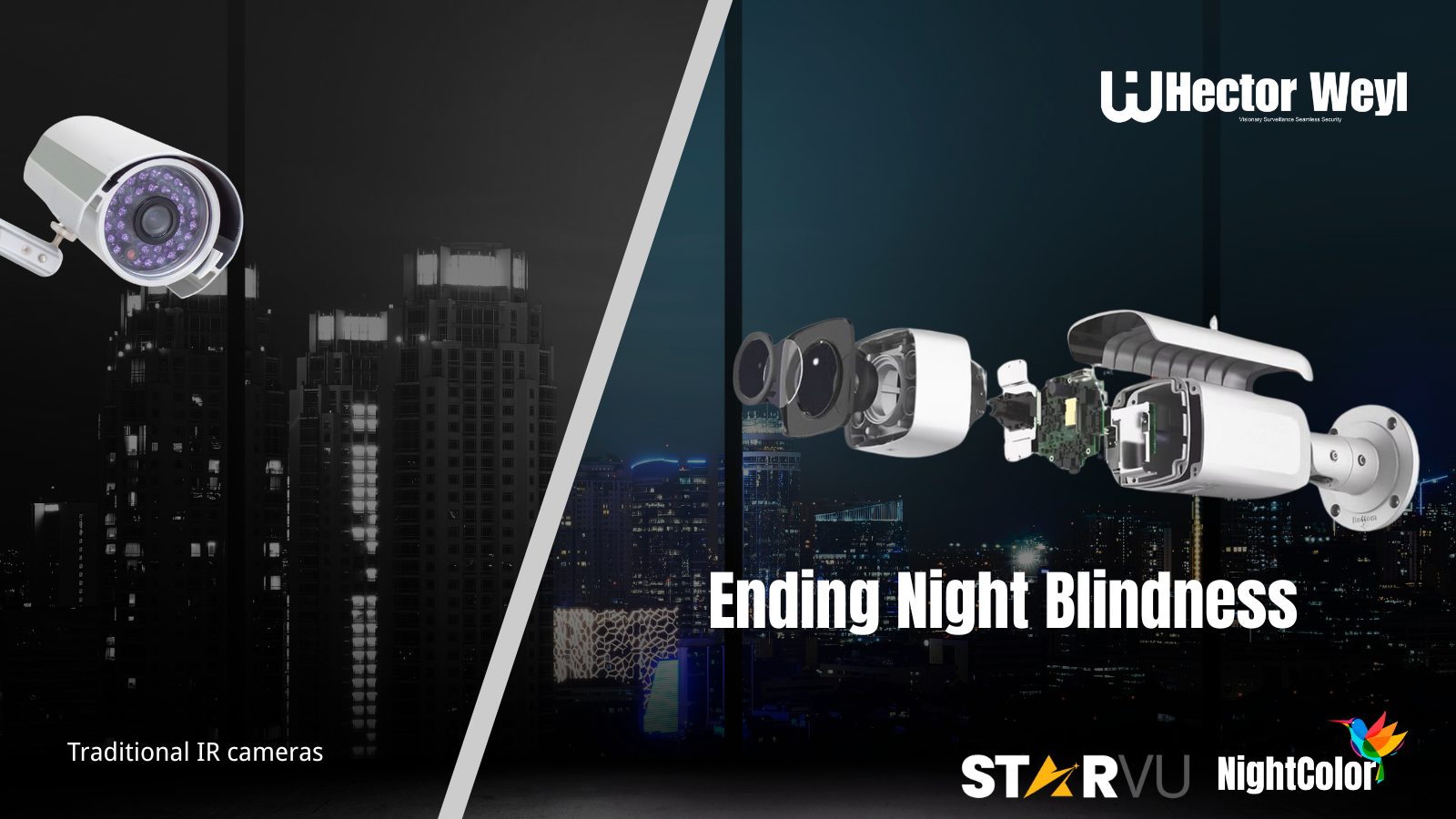

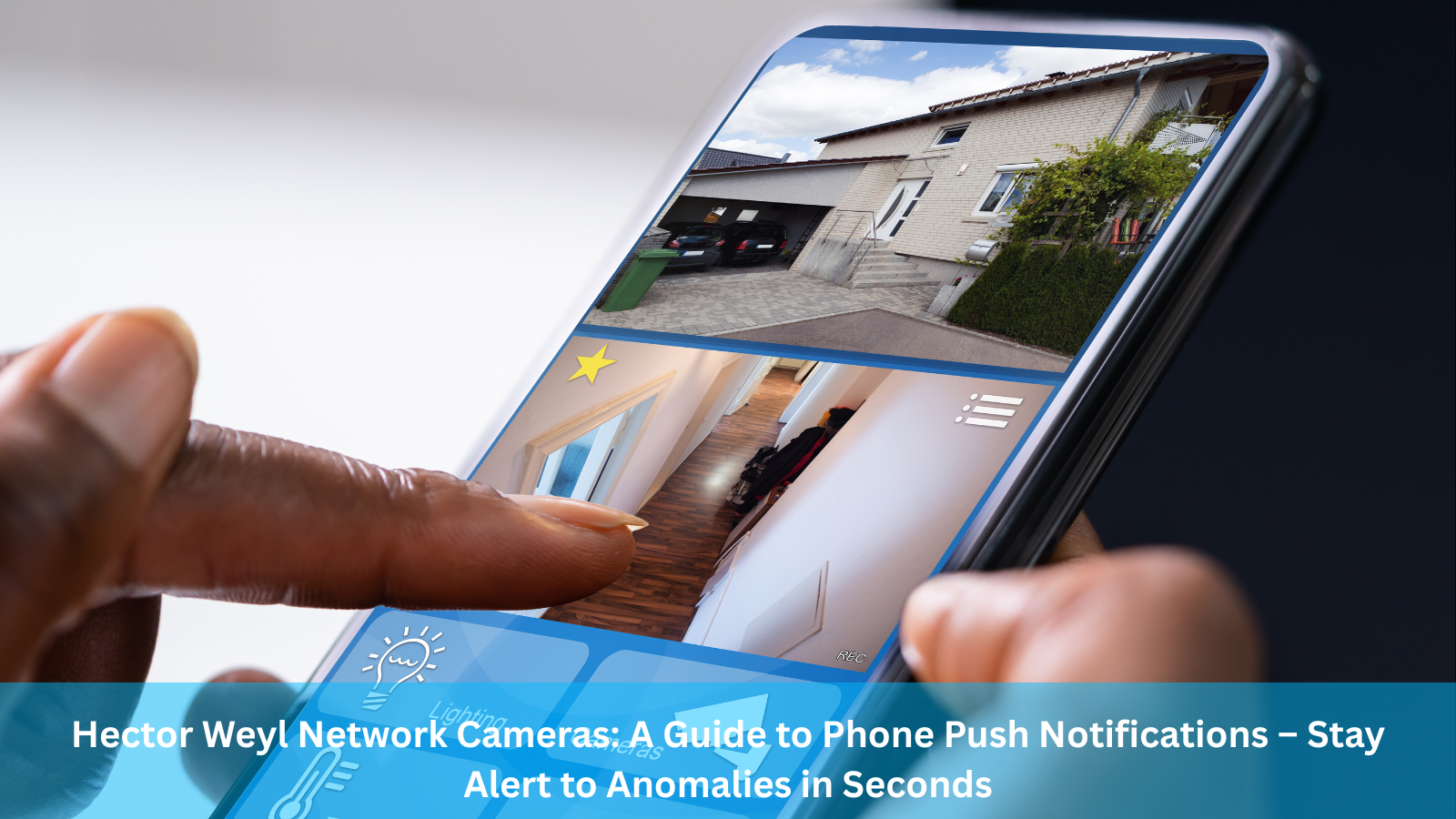
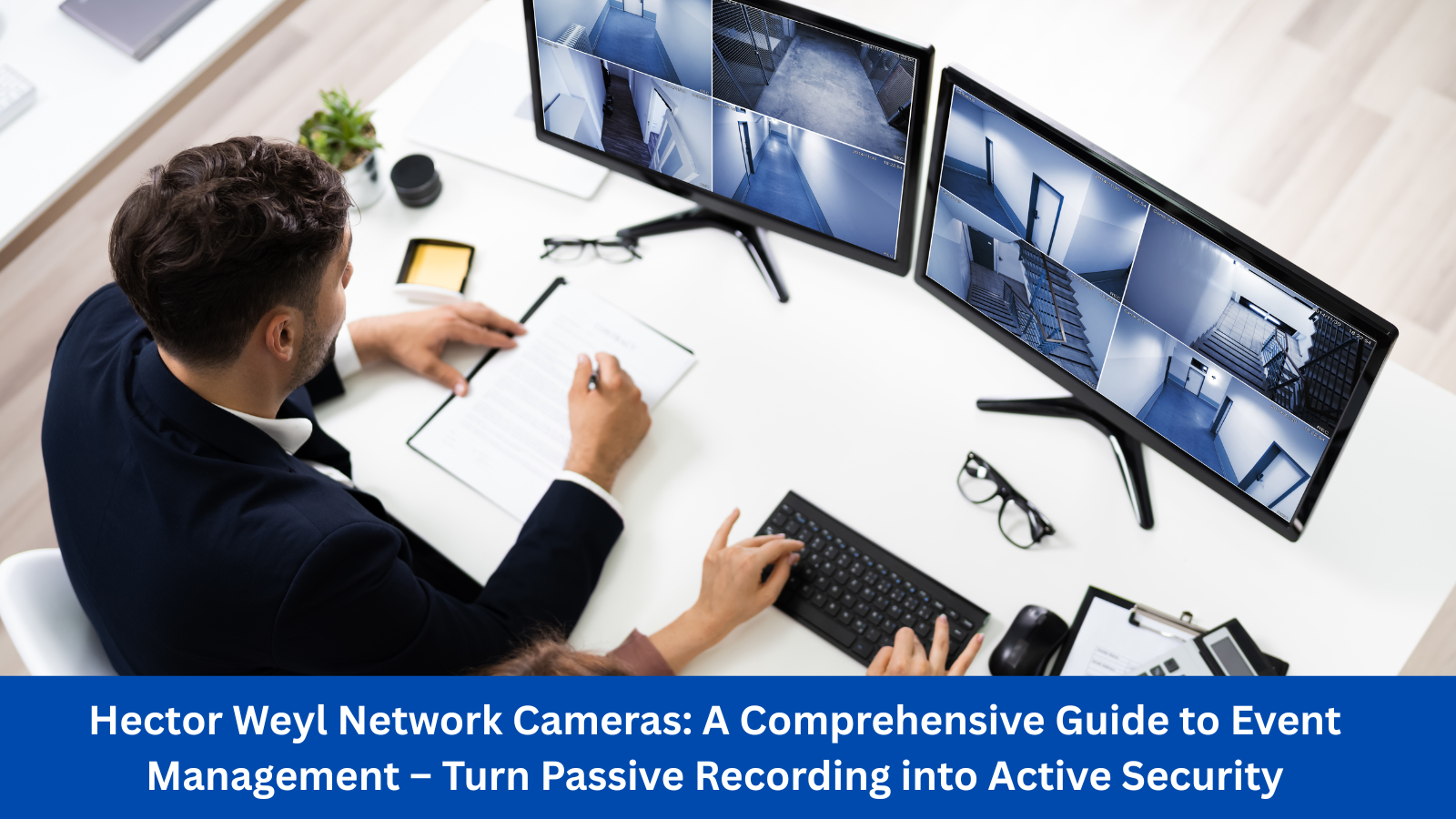
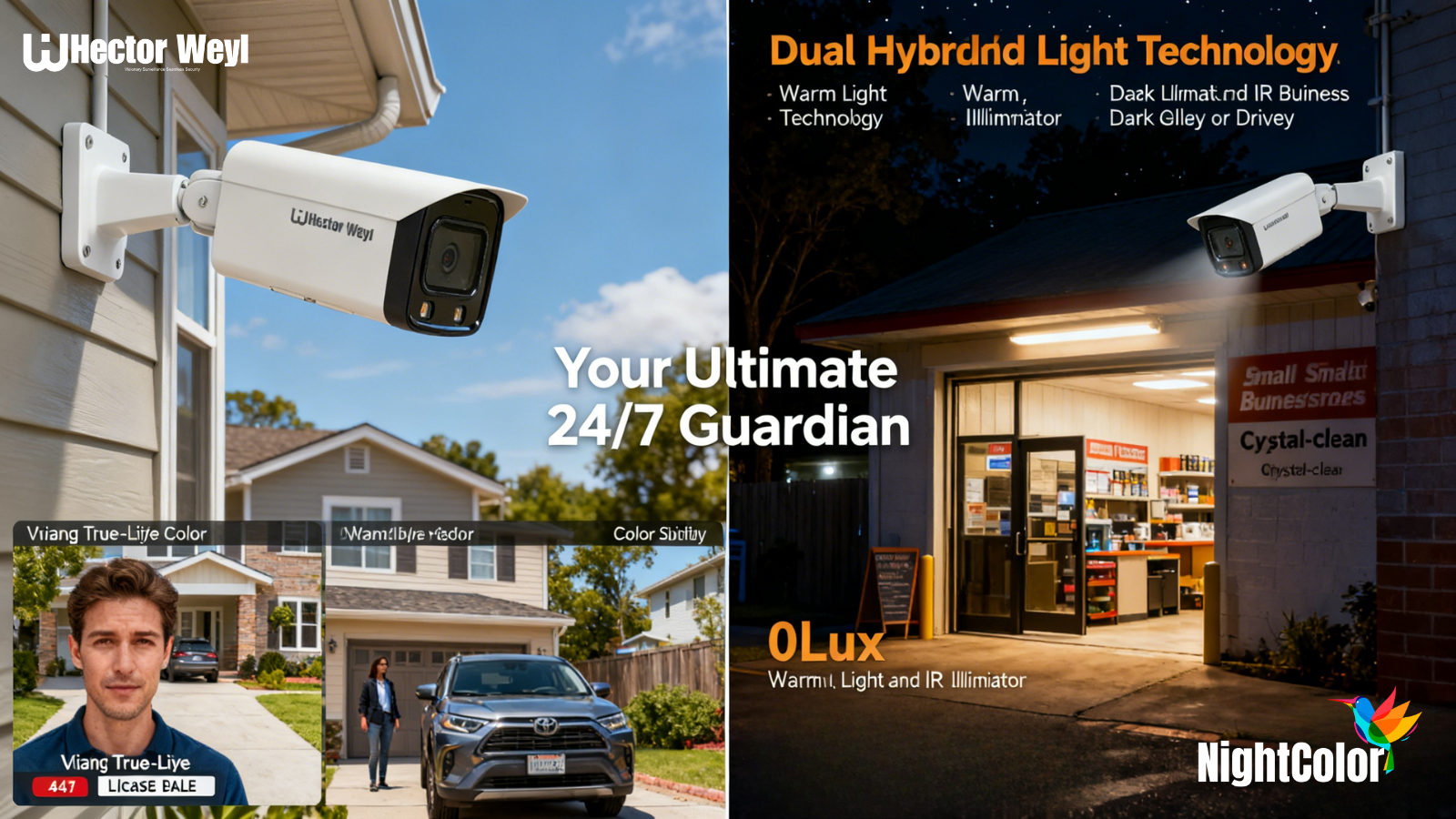
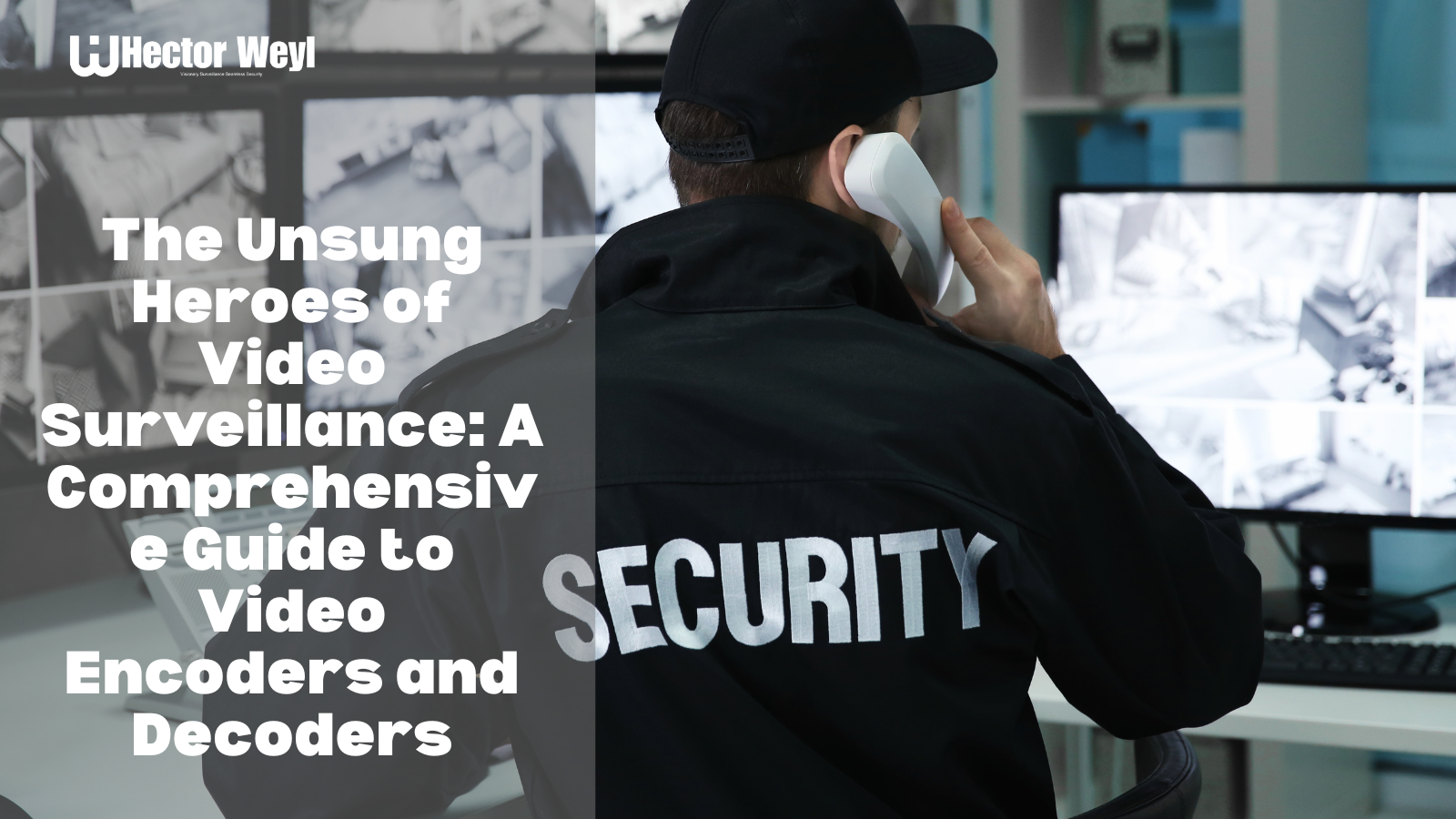
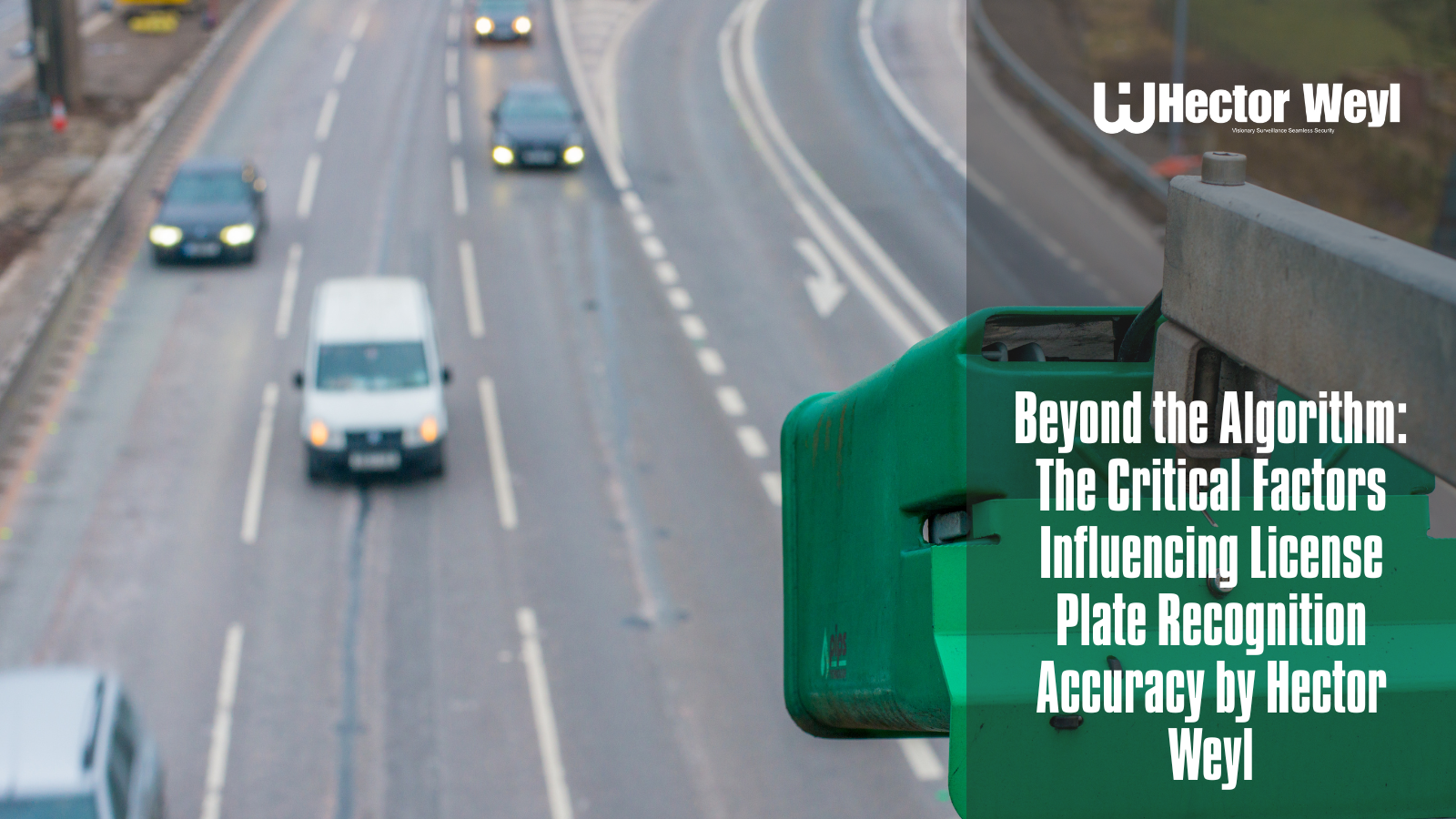
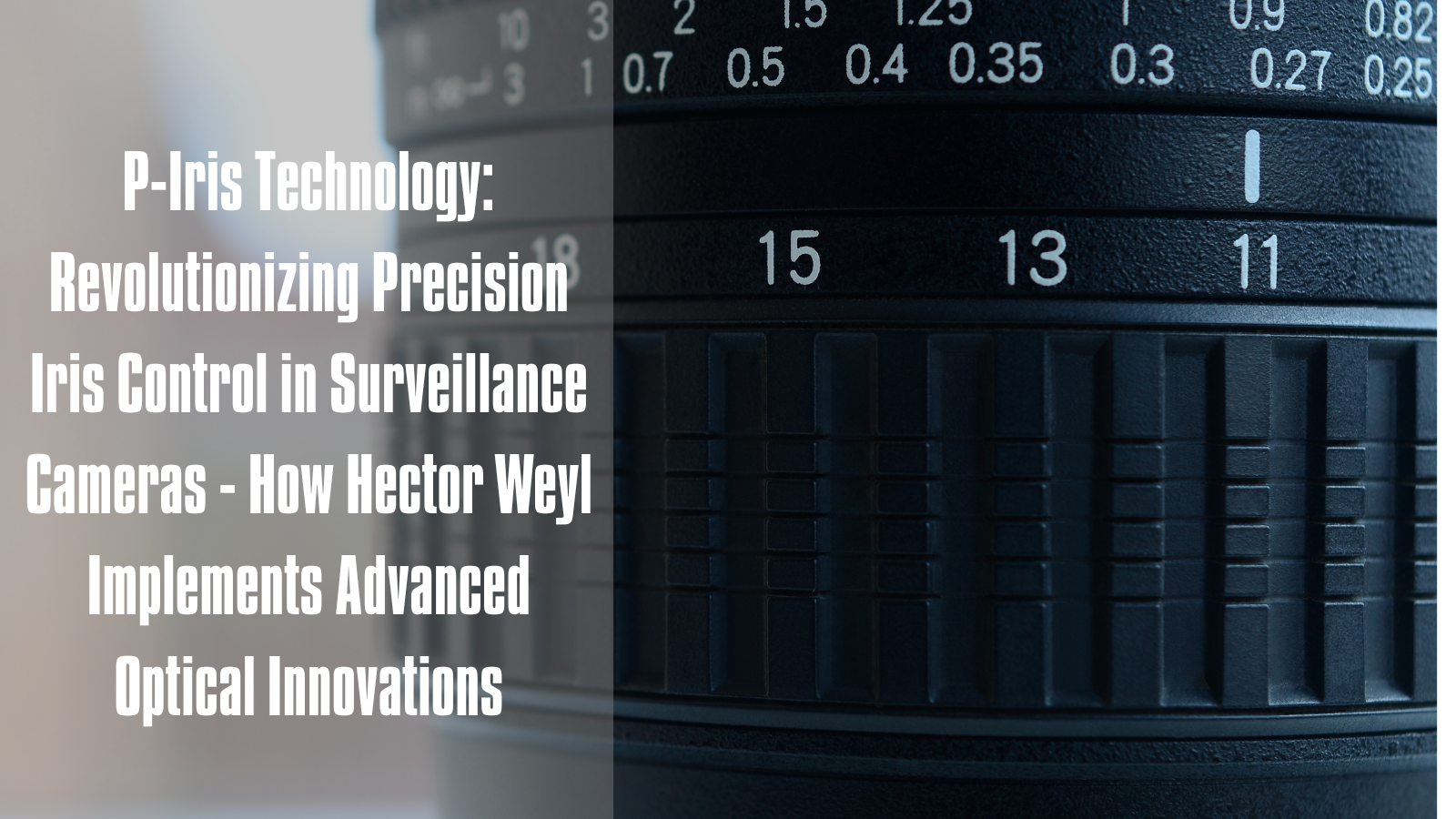
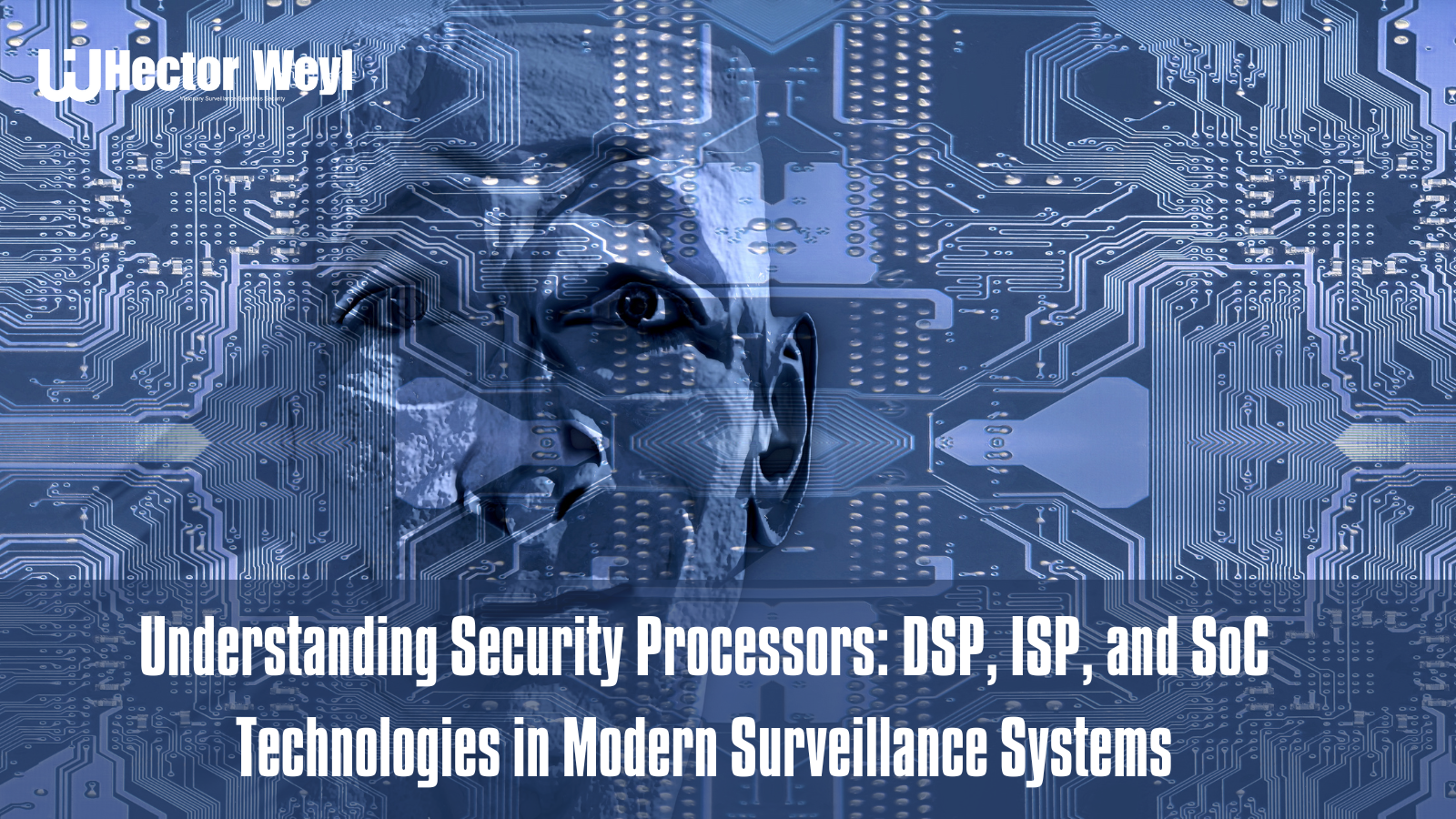
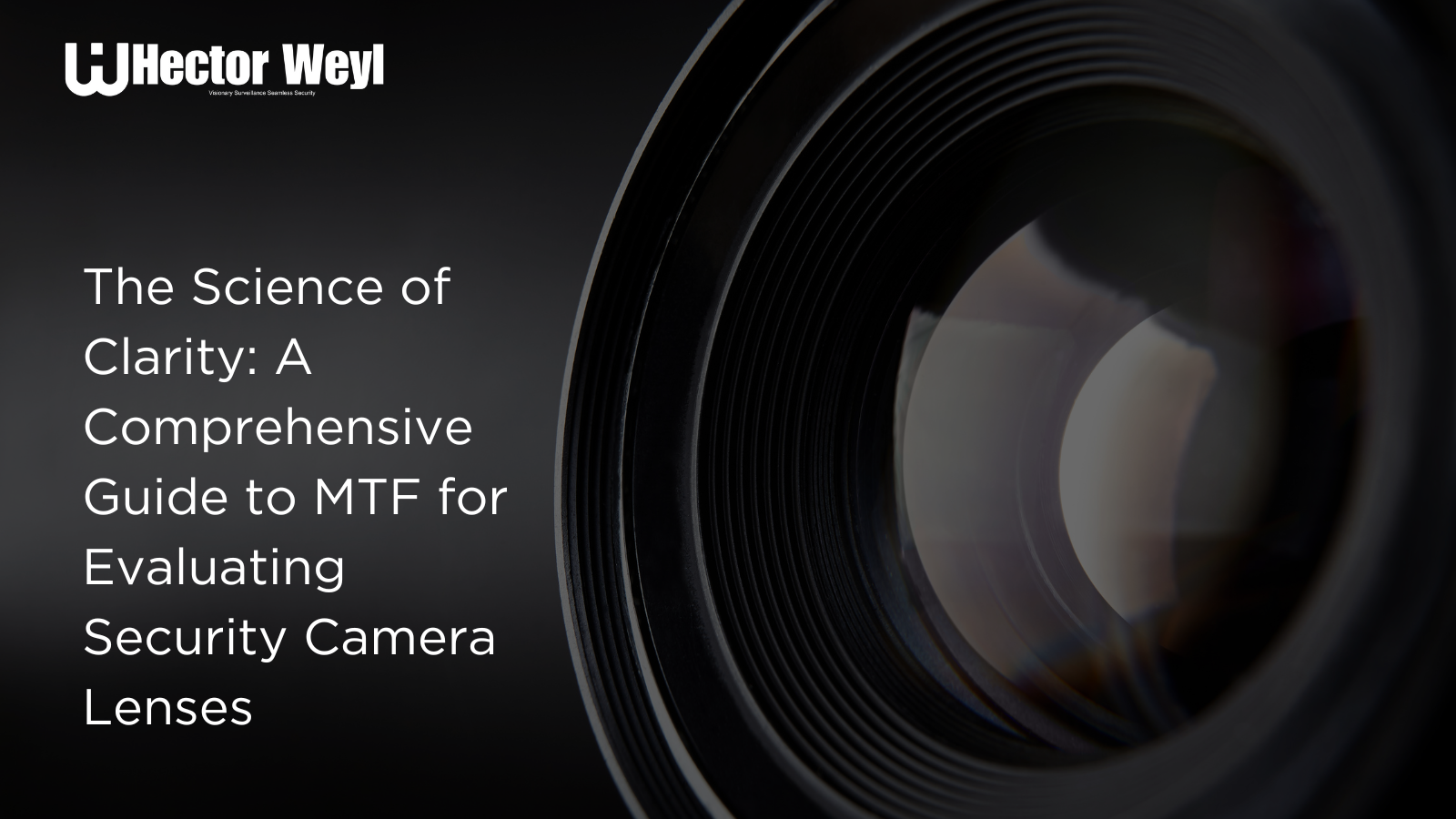
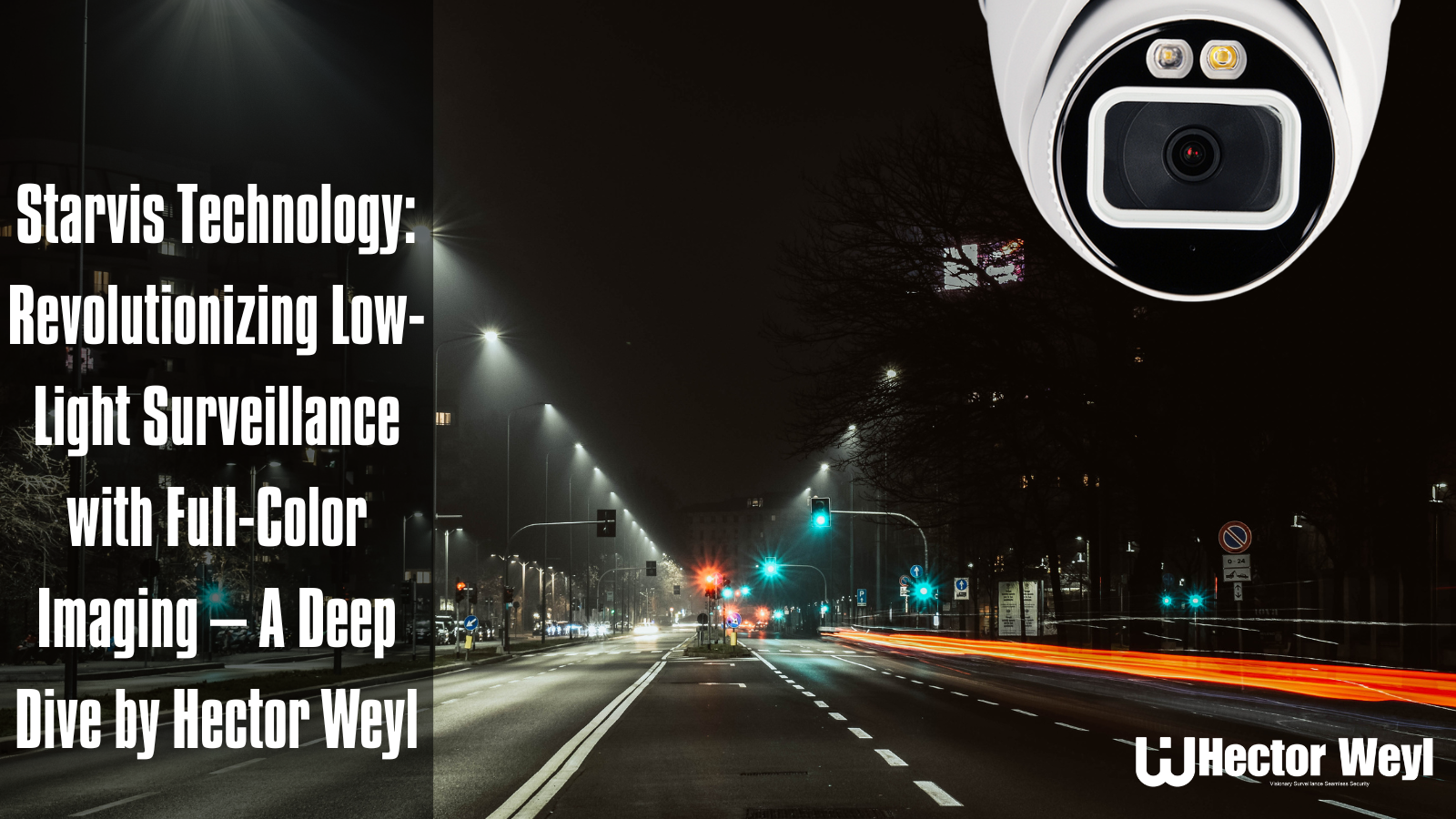
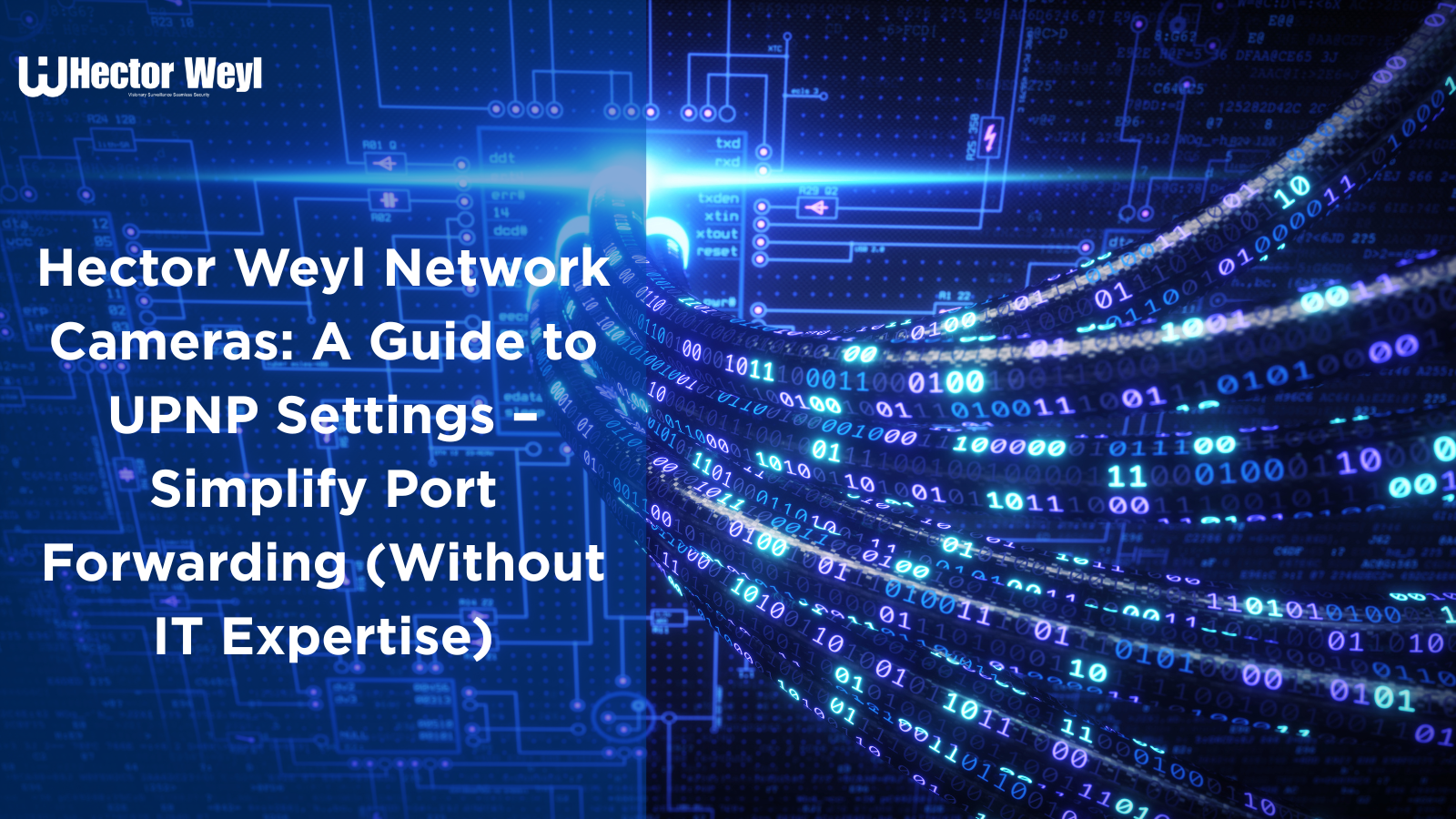
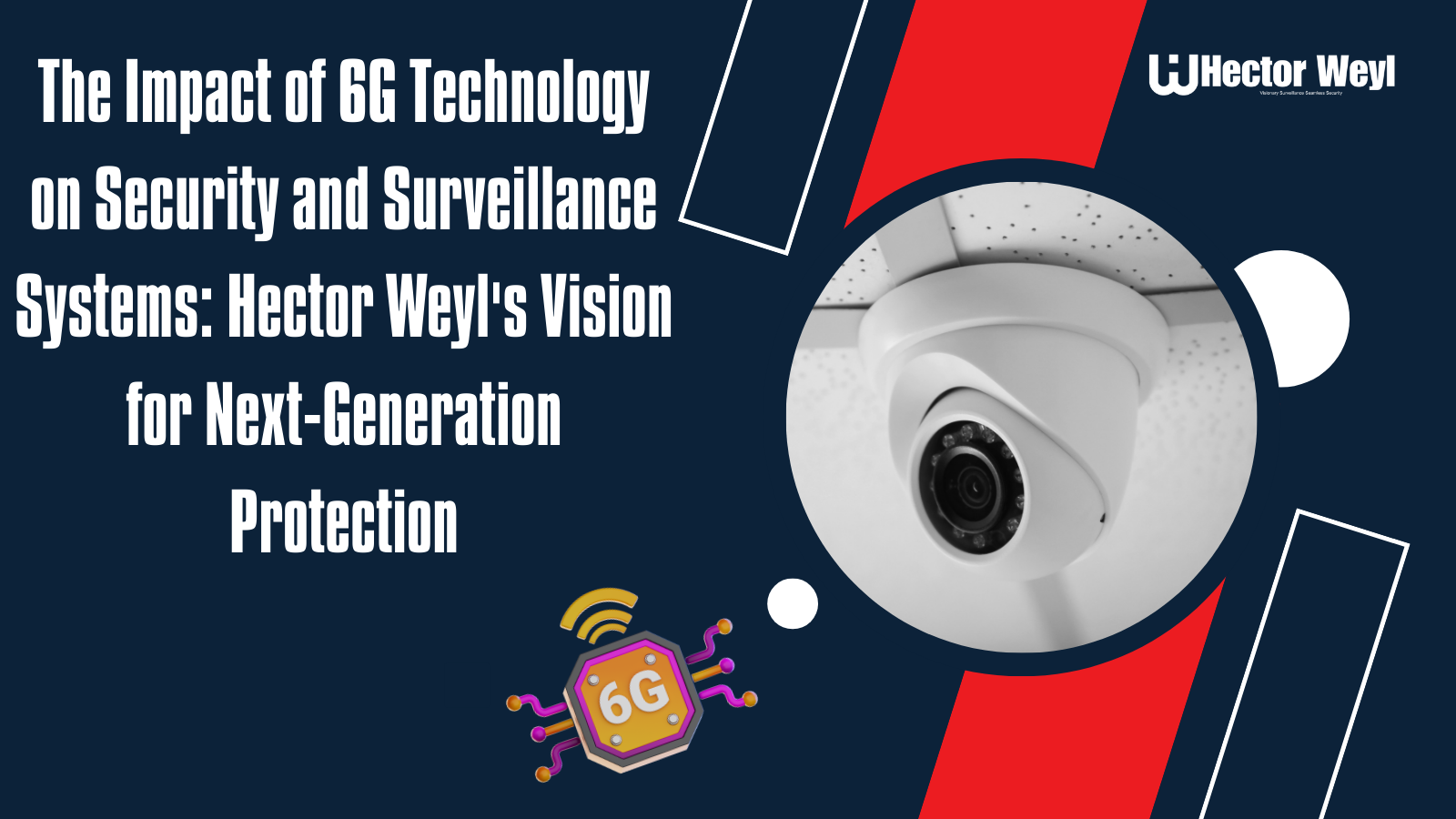

Share:
Tips and Tricks for Effective Perimeter Protection with Hector Weyl Solutions
Hector Weyl's Stereo Analysis& Privacy Protection: Revolutionizing Fall Detection in Nursing Homes